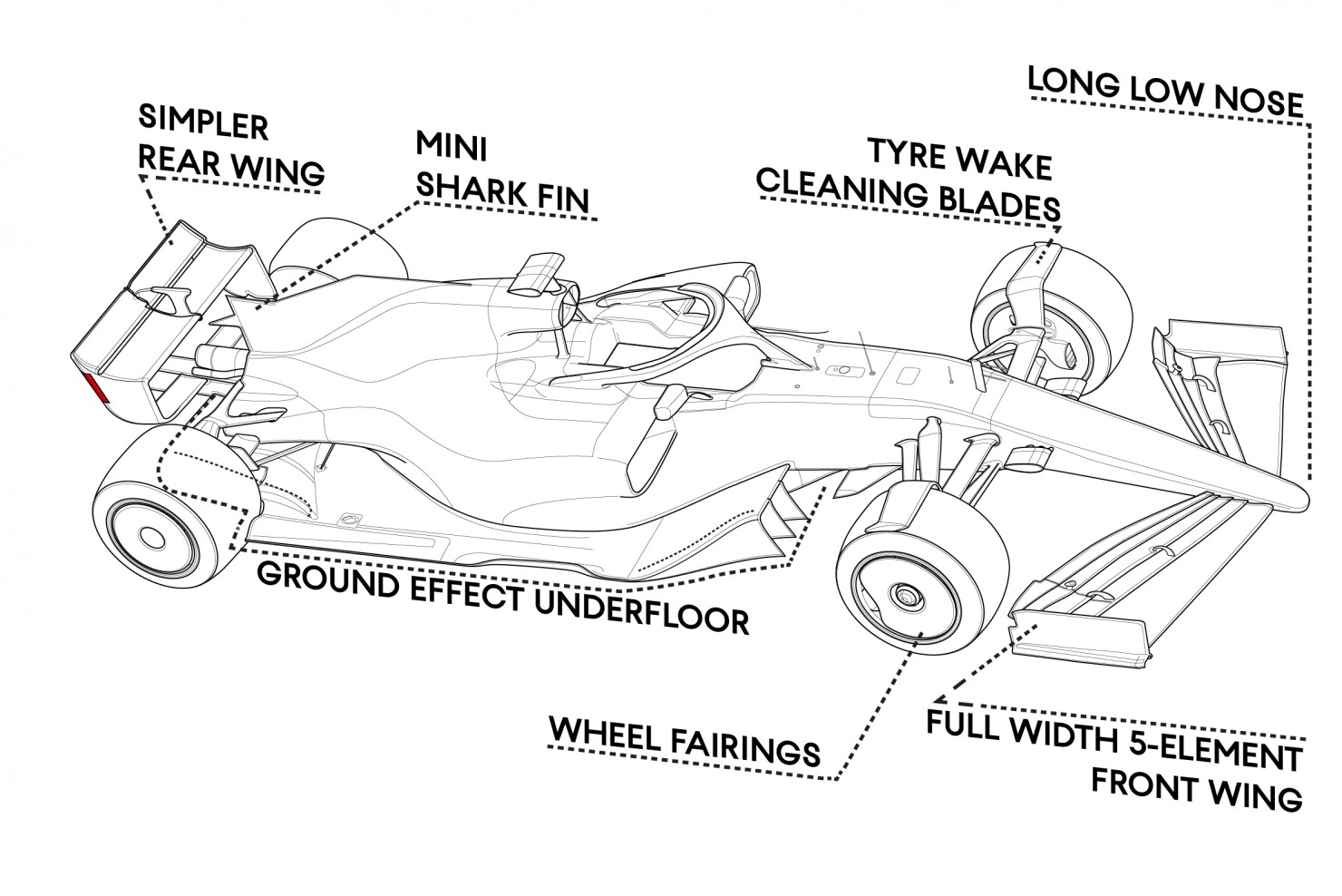gnomesayin
Team Owner
- Joined
- Oct 14, 2013
- Messages
- 13,914
- Points
- 1,033
I think this is deserving of its own topic, as it is likely to be a major story for the next year and a half. The proposed outlines for the 2021 regulations have been released.
https://autoweek.com/article/formul...through-similar-bodies-and-standardized-parts
They make a bold and crucial central claim:
This sounds very promising philosophically, but will they achieve that in practice? And how? Less appealing is this:
I don't agree that aiming for tire degradation and making tire wear management crucial has been a mistake or is bad for the racing. The effects of extreme high downforce and the loss of it in the wake of a leading car is 70% of the problem with F1 racing, and the other 30% could be attributed to the massive gaps in performance and resources among the teams. They plan to address that with more common body elements and standardized parts, which is what almost every major racing series I know of (aside from dirt oval racing) is moving toward.
https://autoweek.com/article/formul...through-similar-bodies-and-standardized-parts
They make a bold and crucial central claim:
The 2021 car has been designed to decrease a loss of 5-10 percent downforce from a leading car to a trailing car. That 2019 regulations are believed to have a 50 percent loss of downforce in the same scenario.
This sounds very promising philosophically, but will they achieve that in practice? And how? Less appealing is this:
In 2021, Formula 1 will also move from a 13-inch tire to an 18-inch one, allow drivers to rely more on the rubber and conserve less.
"I think we were asking completely the wrong things of Pirelli over the last two years," Symonds said. "The high degradation target is not the way to go."
I don't agree that aiming for tire degradation and making tire wear management crucial has been a mistake or is bad for the racing. The effects of extreme high downforce and the loss of it in the wake of a leading car is 70% of the problem with F1 racing, and the other 30% could be attributed to the massive gaps in performance and resources among the teams. They plan to address that with more common body elements and standardized parts, which is what almost every major racing series I know of (aside from dirt oval racing) is moving toward.

